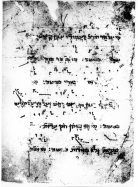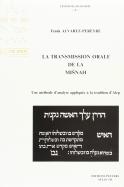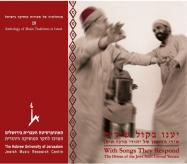(200 results found)
Mi-al har horev from the manuscripts of Obadiah the Proselyte
… Recording of "Mi'al har horev" from Obadiah the Proselyte's Hebrew musical manuscripts, arranged by Andre Hajdu and … a general picture regarding this interesting set of early Hebrew musical manuscripts. In 1918, a fragment containing … itself consists of six rhymed couplets set to a similar melody, ending with the refrain ki-moshe (like Moses). Based …
Im nin'alu
… to many melodies. Alternate stanzas are written in Hebrew and Arabic. Here stanzas 1, 2, 3, and 7 are printed … The singer opens with the song’s most widely known melody, which was popularized by Bracha Zefira among the … closing hemistich. The tawshihִ is sung to another, faster melody. It is usually sung in a responsorial manner, as …
Baqqashah (Pl. Baqqashot)
… poems written by the poets of the so-called ‘Golden Age’ of Hebrew poetry in Spain (10th to 13th centuries), and these … lifetime. Moreover, the lehanim (plural of lahan, tune or melody) to which Najara required his piyyutim to be sung are … by the individual. The Baqqashah is unique to the religious Hebrew poetry of medieval Spain, it is usually scanned in …
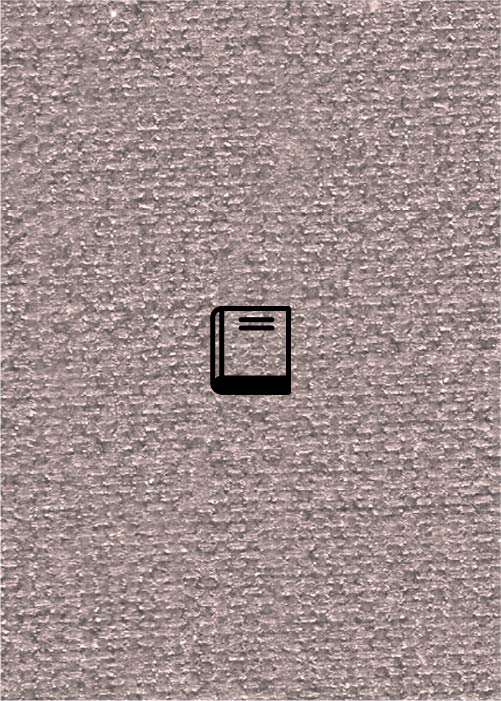
The Cantorial Fantasia of the Eighteenth and Nineteenth Centuries: A Late Manifestation of the Musical Trope
… Yom Kippur. The cantorial fantasia on 'Alenu', based on a melody which is considered one of the MiSinai Tunes, is … Centre … 38706 … 65–85 … Jerusalem … The Magnes Press, The Hebrew University … Yuval Studies … … Hazzan, Hazan, …

Review of recording: Pizmon
… pl.) is the term employed by the Syrian Jews to denote a Hebrew song in praise of God, whose melody is borrowed. … 95 … 95 … 3 … International Folk Music …
La transmission orale de la Mishnah
… types of sound patterns ranging from speech to full-fledged melody. … 95 … 95 … monograph … 38922 … 307 … Jerusalem … The Magnes Press, The Hebrew University … Yuval Monograph Series … Une methode … la tradition d'Alep … Mishnah … 8 … 9431 … 1990 … Aleppo … Hebrew cantillation … Mishna … Transcriptions … Chant … …

The "Proclamation Style" in Hebrew
… groups of melodies can be termed 'benediction group'. This melody type appears in the Torah cantillation benedictions, … … 37430 … 249-250 … Jerusalem … The Magnes Press, The Hebrew University … Yuval Studies … … 1968 … Ancient music … … Szabolcsi … Hanoch Avenary … The "Proclamation Style" in Hebrew …

Ne'ima (Nagmah) in Medieval Hebrew Literature
… “neima” and its meaning in terms of: Vowel, Tone, Mode- Melody- Tune, Sonority- Tonality, Vocal Note, Accentuation- … Centre … 37384 … Sep-28 … Jerusalem … The Magnes Press, The Hebrew University … Yuval Studies … … 1971 … Music … Manuscripts … Hebrew … Hebrew language … Arabic … Musical terms … Neima … …

Persistence and Transformation of a Sephardi Penitential Hymn under Changing Enviromental Conditions
… study based on the comparative study of one Sephardic melody over a vast geographical and historical span. The presence of one melody in all Eastern and Western Sephardi communities … … 37258 … 181-237 … Jerusalem … The Magnes Press, The Hebrew University … Yuval Studies … … Piyyutim … Traditions …
With Songs They Respond
… author is identified as 'son of Joseph'. The words are in Hebrew and Arabic. The poem opens with a love song and ends … the same melodic formula in which the tawshih has its own melody. The performance ends with the blessing 'Vekulkhem … Jerusalem, Israel … Israel … Jewish Music Research Centre, Hebrew UNiversity of Jerusalem … AMTI 0601 … Anthology of …

